USAF to deploy quarter of F-22 stealth fighter jets to the Pacific in show of force
The United States air force is deploying over two dozen F-22 stealth fighters to an exercise in the western Pacific this month.
That accounts for about a fourth of all mission worthy F-22 aircrafts in the US fleet. Defense analysts say sending such a large number of combat jets for the exercise sends an immediate message to China at a time when the two countries are at odds over a variety of issues, including Taiwan and the South China Sea.
The United States Air Force is set to deploy approximately twenty five F 22 Raptor fighter jets to Guam and Tinian Island this month, which equates to the Air Force sending nearly 25% of its F 22 stealth fighter fleet to the Pacific.
The move is part of Operation Pacific Iron, 2021 slated to take place at an undisclosed date in July involving over 35 fighter jets and 800 personnel. It will take place at three airports in Guam and Ward on Tinian Island.
The exercise is in support of the 2018 National Defence strategy, which called on the US military to be a more lethal, adaptive, and resilient force, to counter long term strategic competition, primarily from China and Russia.
Defence analysts say sending such a large number of F 22 combat jets for the exercise serves as a warning signal to China at a time when relations between Washington and Beijing have reached rock bottom over a range of issues such as trade, Hong Kong, the South China sea, Taiwan, and the origin of the Coronavirus pandemic.
Despite America's military mania and lust for power, Washington has become a loser in the great power competition, or at least, it soon will be.
China is on course to overtake the US and become the biggest economic powerhouse in the world within the next decade.
China had hoped for an improvement in relations under US President Joe Biden, who succeeded Donald Trump in January.
But the new administration has shown no sign of backing down on Trump's hard-line policies toward China.
Sending over twenty fighter jets to an exercise in the western Pacific, amid rising tensions between Washington and Beijing, proves that the Biden administration is pursuing a policy of confrontation rather than cooperation.
On Thursday, the US led NATO military alliance celebrated the official launch of Joint Force Command, Norfolk, the first such command to be located in North America.
It joins similar NATO commands in Brunssum, Netherlands, and Naples, Italy. It is meant to deliver reinforcements for any potential future war in Europe.
During a ceremony on board the USS Kearsarge, Chairman of the Joint Chiefs of Staff, General Mark Milley, said the command is necessary to prevent a bloody destructive war against major adversaries, or to win it if one were to erupt.
NATO forces have amassed troops along Russia's borders while holding massive military drills.
The US has time and again cited Russia as being an immediate threat.
While the US has seemingly reduced its involvement in West Asia, the American military has sought to refocus its attention on preparing for a conflict with its major rivals, China and Russia, which it considers to be major competition in the insatiable US quest for power and influence.
There is no winner in a real war
But the point is, for sure the military approach is the wrong one ...today, in the current time, because we know that an escalation can go out of control, and there will be no winner in a real war.
Fabrizio Goldoni, Independent Journalist
Amid the economic and military competition between the US and its rivals, China and Russia, Washington holds a hostile approach towards them and seeks to solve all its problems by military means.
However, Washington's economic and military power is on the wane, and whether Washington likes it or not, it has to change its warmongering policy and adopt a rather more cooperative one; something that is not likely to happen anytime soon.
Israeli settlers tear gas 3 Palestinian children in attack on West Bank home
‘He raped me’: New trove of Epstein files reveals why Trump tried to bury them
Iran halts gas exports to Iraq amid surge in domestic demand
Belgium files to intervene in South Africa’s ICJ genocide case against Israel
Netanyahu appears in court for 65th time in ongoing corruption trial
Iran's government submits $111bn budget bill for year 1405
1.6 million Palestinians face acute food insecurity in Gaza: UNRWA
VIDEO | Free the Palestine hunger strikers in British jails ft. Calla Walsh


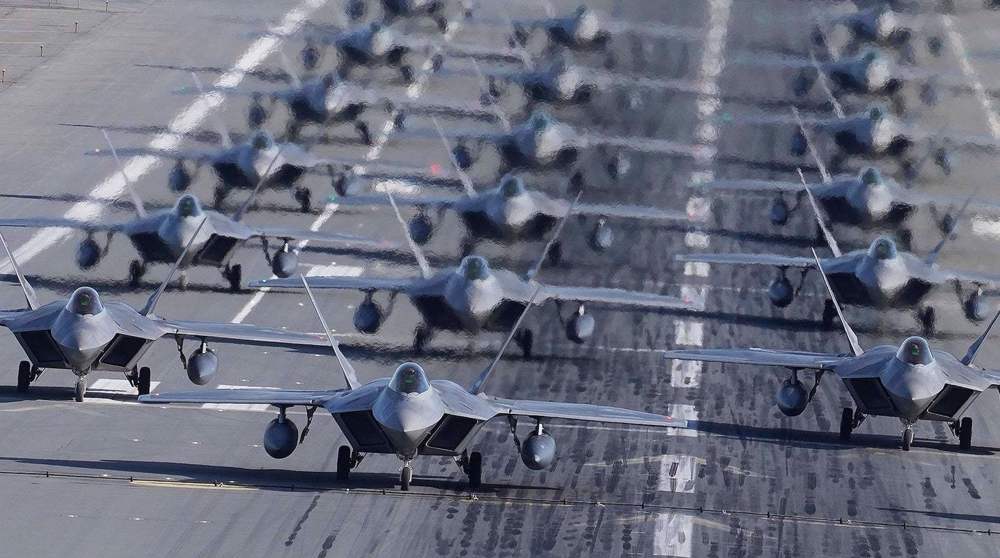

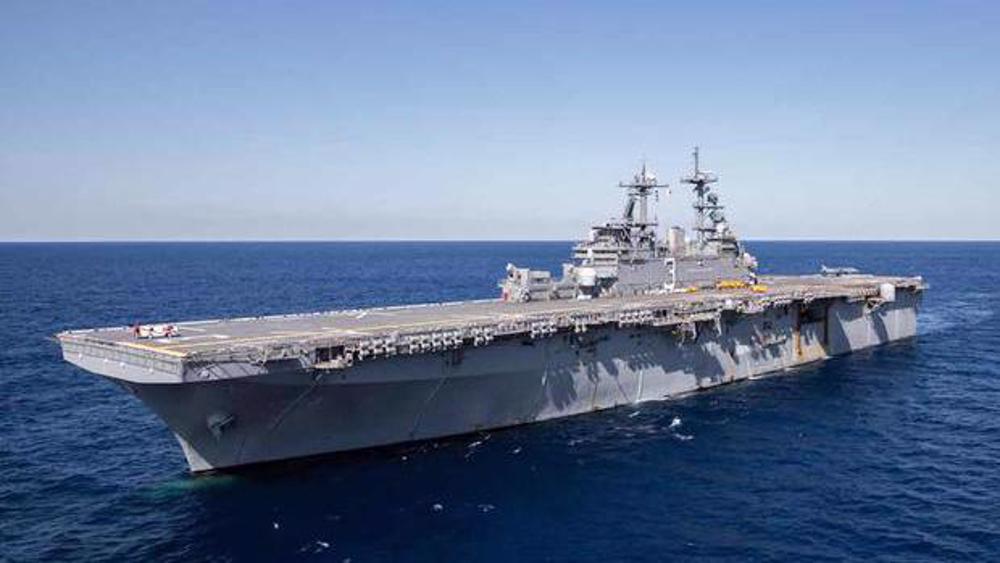
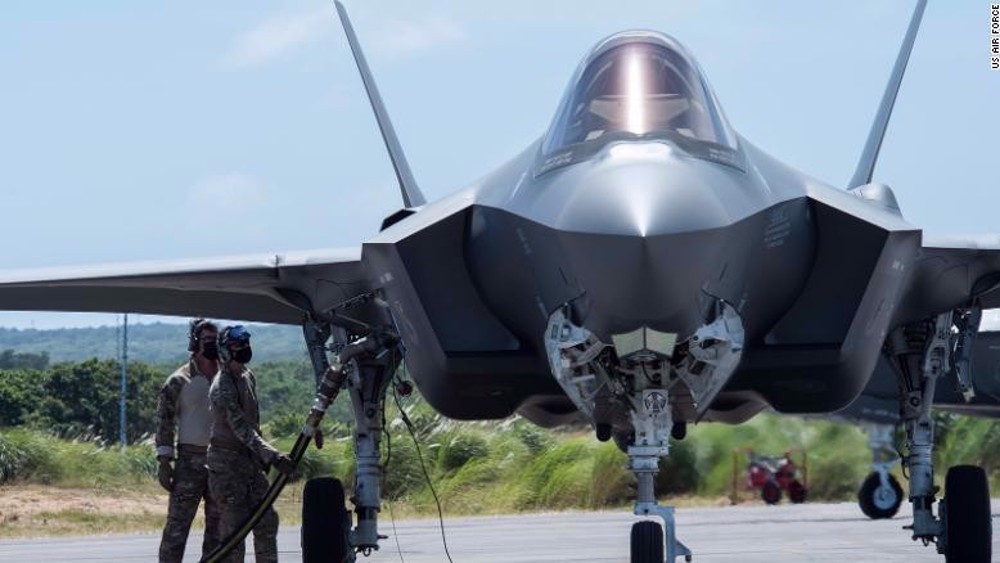


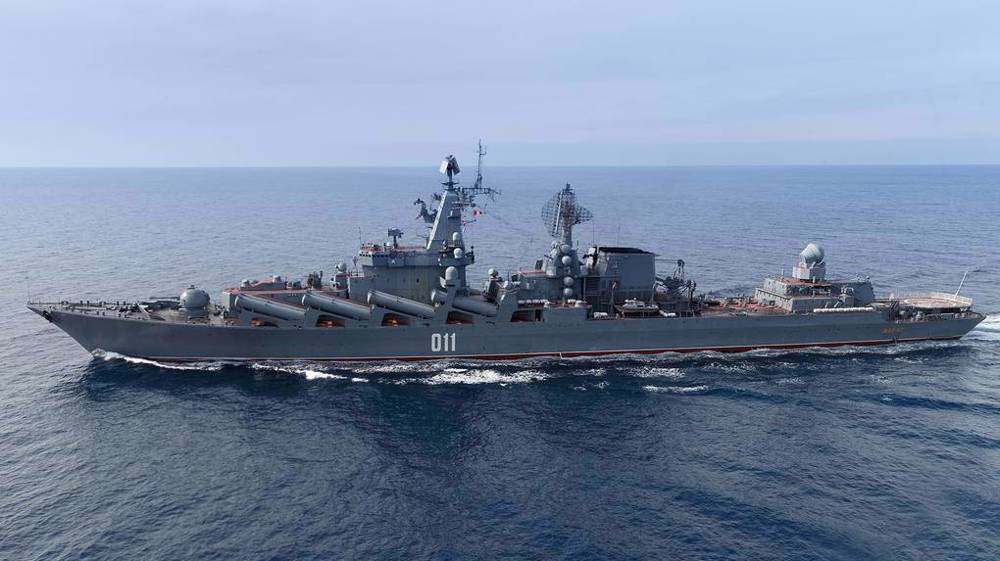
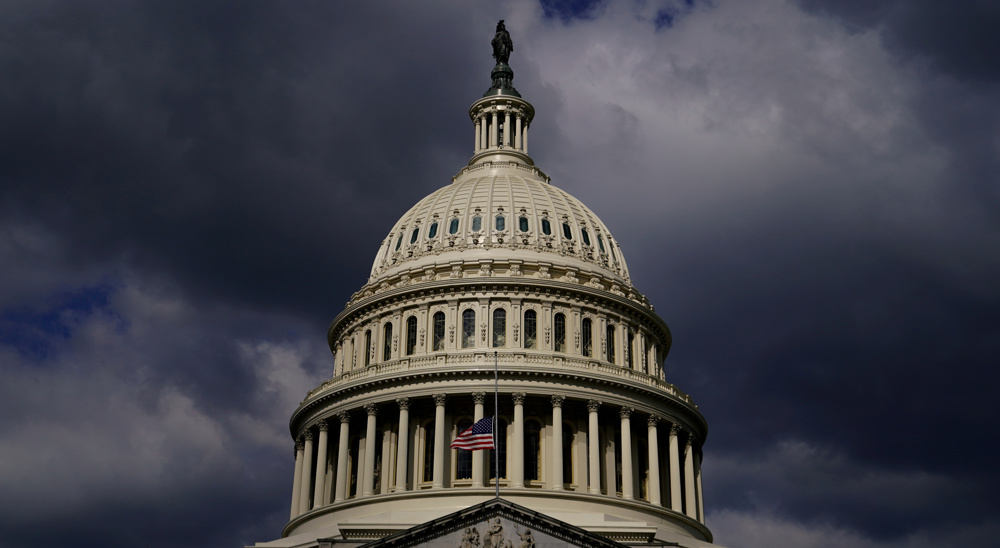






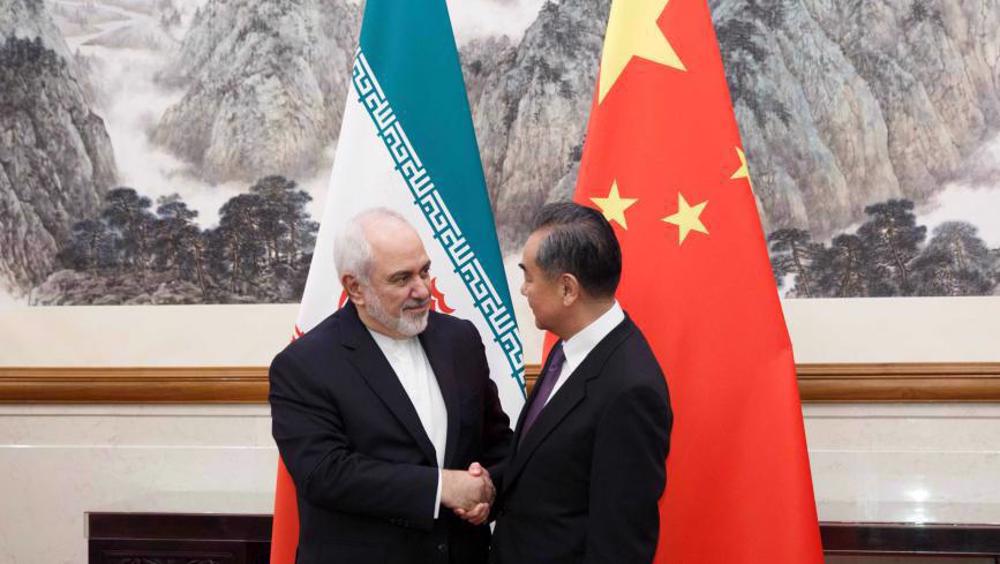
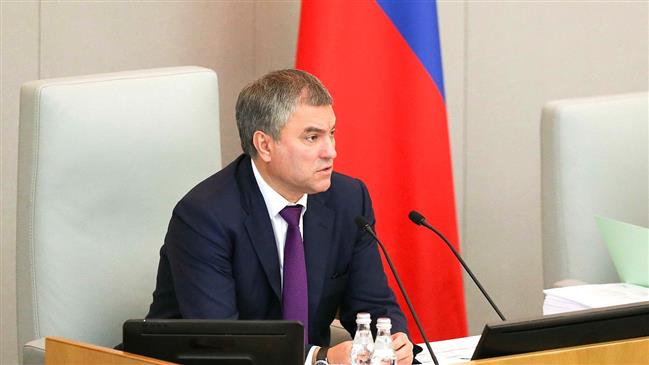
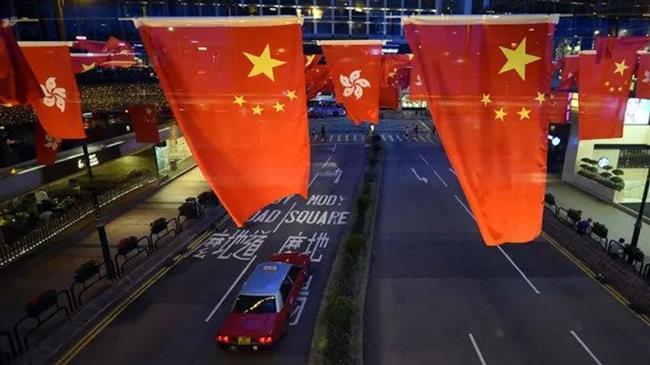
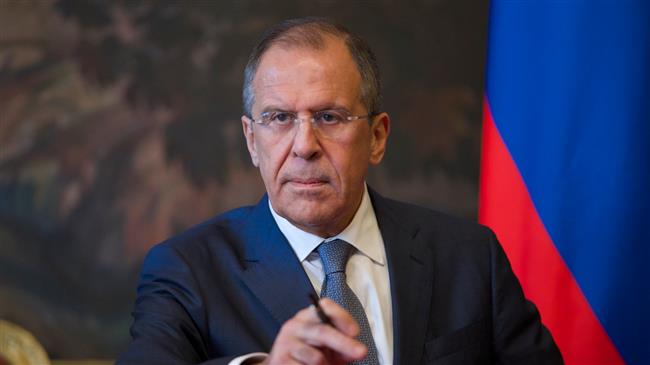
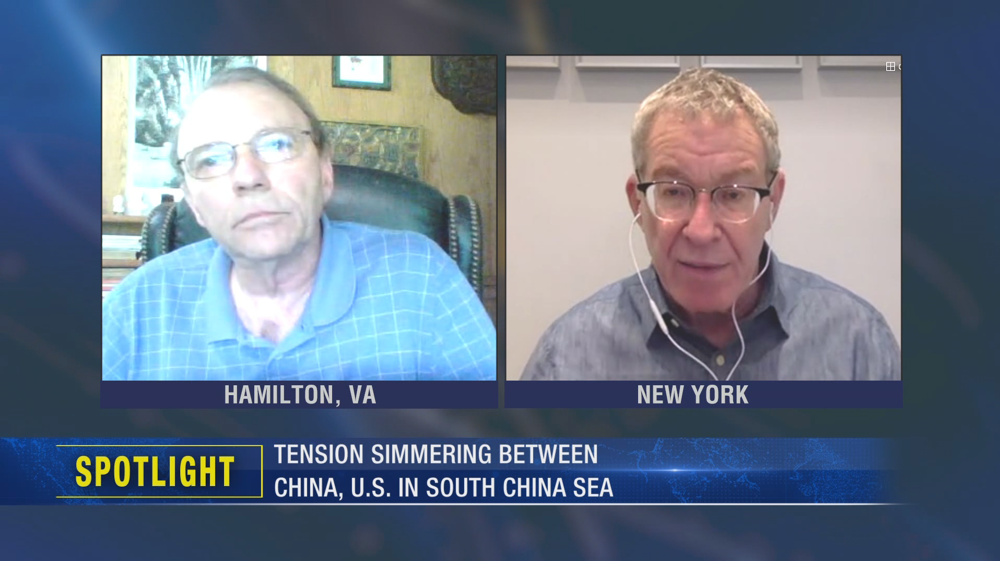

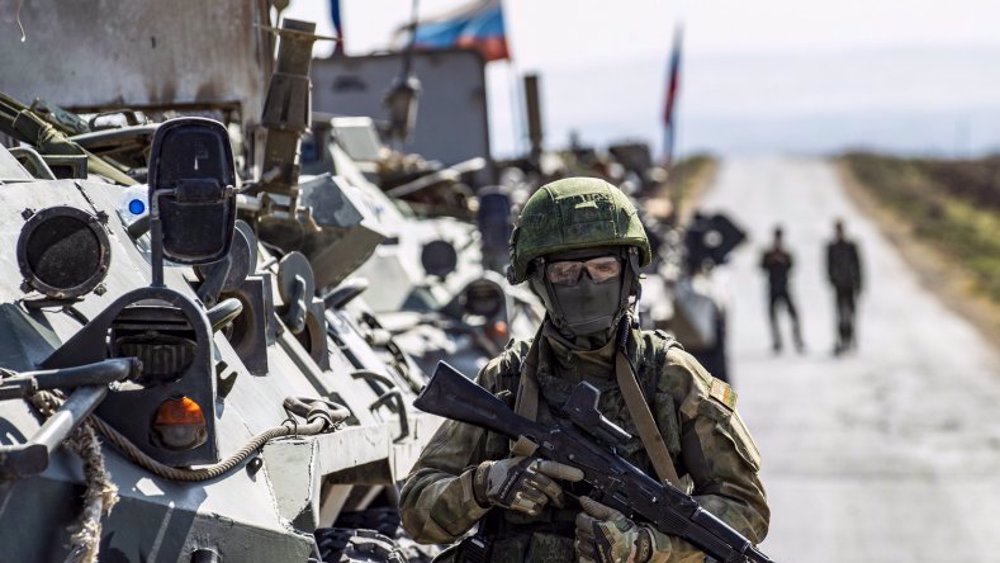

 This makes it easy to access the Press TV website
This makes it easy to access the Press TV website